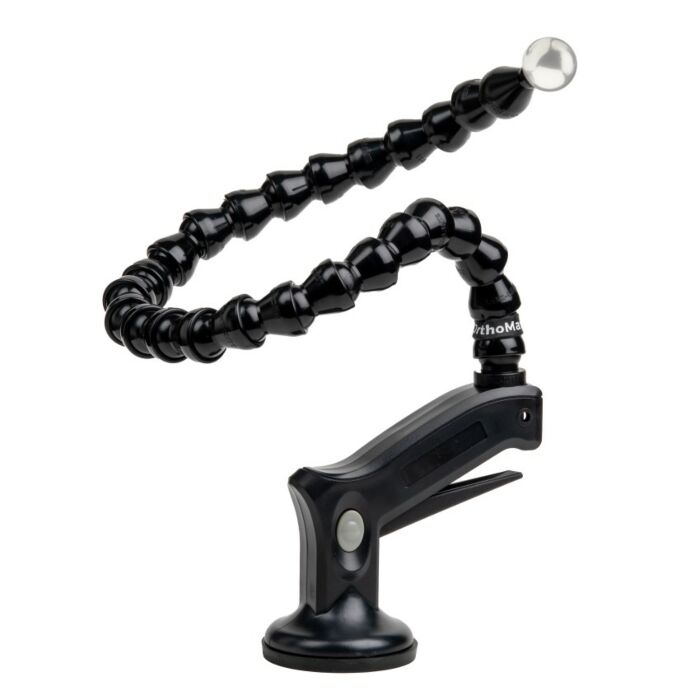It is well known that x-rays used for surgical planning vary in magnification. This variation exists in part because of the diversity of techniques used by x-ray technologists, patient positioning, and the patient’s size. Even with strict imaging protocols, the magnification of an x-ray image can vary. A thin patient lying on an imaging receptor is only a few inches above the plate, giving little distance for the X-rays to diverge. In a larger patient, the distance may be twice as far from the plate, allowing the divergent beam to spread much more before it hits the plate. This can result in a magnification factor of approximately 20%. Scaling an x-ray image is mandatory to assure the highest level of accuracy throughout the planning process, especially orthopedic templating. Does size matter when it comes to magnification of an x-ray and surgical planning? Absolutely! Preoperative planning aims to reduce the risk of intraoperative fracture and decrease overall surgical time. Images that are used for surgical planning must be accurately scaled to allow for accurate implant selection.
OrthoMark® - OM-1009 Lever Action Suction

- SKU
- OM-1009
Description / OrthoMark® - OM-1009 Lever Action Suction
- Arm Length - 24"
- Arm Weight - 7.5 oz
- Total Weight - 13 oz
- Minimum Radius - 4.5"
- Ball Type - Stainless 316
- Ball Size - 25.4mm (1")
- Base Type - Suction 2.75"
- Hold Time - 5 hrs +
- Surface Use - Fairly Smooth
Orthopedic surgeons used precisely constructed plastic "overlays" matched up with anatomy in standard X-Ray films to calculate the magnification factor and, to a degree, determine the correct prosthetic to be used in surgery. The rapid introduction and implementation of digital x-ray rendered standard overlays useless.
It didn't take long for orthopedic templating software packages to become available for digital imaging, however, in order to effectively plan for surgery there was still a need to determine the magnification factor inherent in the image. Many different methods were used but all shared a degree of difficulty and often provided unacceptable results. What was needed was an x-ray marker with consistent dimensions from any angle that was capable of being positioned over a wide range of locations.
By positioning OrthoMark's solid, 1 inch (25.4mm) stainless steel calibration ball at the precise anatomical plane of the shoulder, hip, knee—or any anatomy for that matter—during x-ray imaging, surgical planning software is able automatically find the x-ray marker in the image, calculate the x-ray magnification factor, and determine the true size of the anatomy in question. This helps to ensure that the appropriate prosthetic is selected before surgery.
OrthoMark® is available with a variety of bases and attachment methods and comes with a 25" arm which can be easily extended at any time. All parts are US supplied and readily available. Our stainless-steel calibration ball is solid and doesn't degrade when surrounded by larger body mass. If there is a special application that is needed for your facility, give us a call and we'll create it.
More Information
| SKU | OM-1009 |
|---|---|
| Shipping Method | UPS |
| Warranty | 1 year for Manufacturer Defects |
| Condition | New |
| Special Price | $214.00 |
| International Shipping | No |
